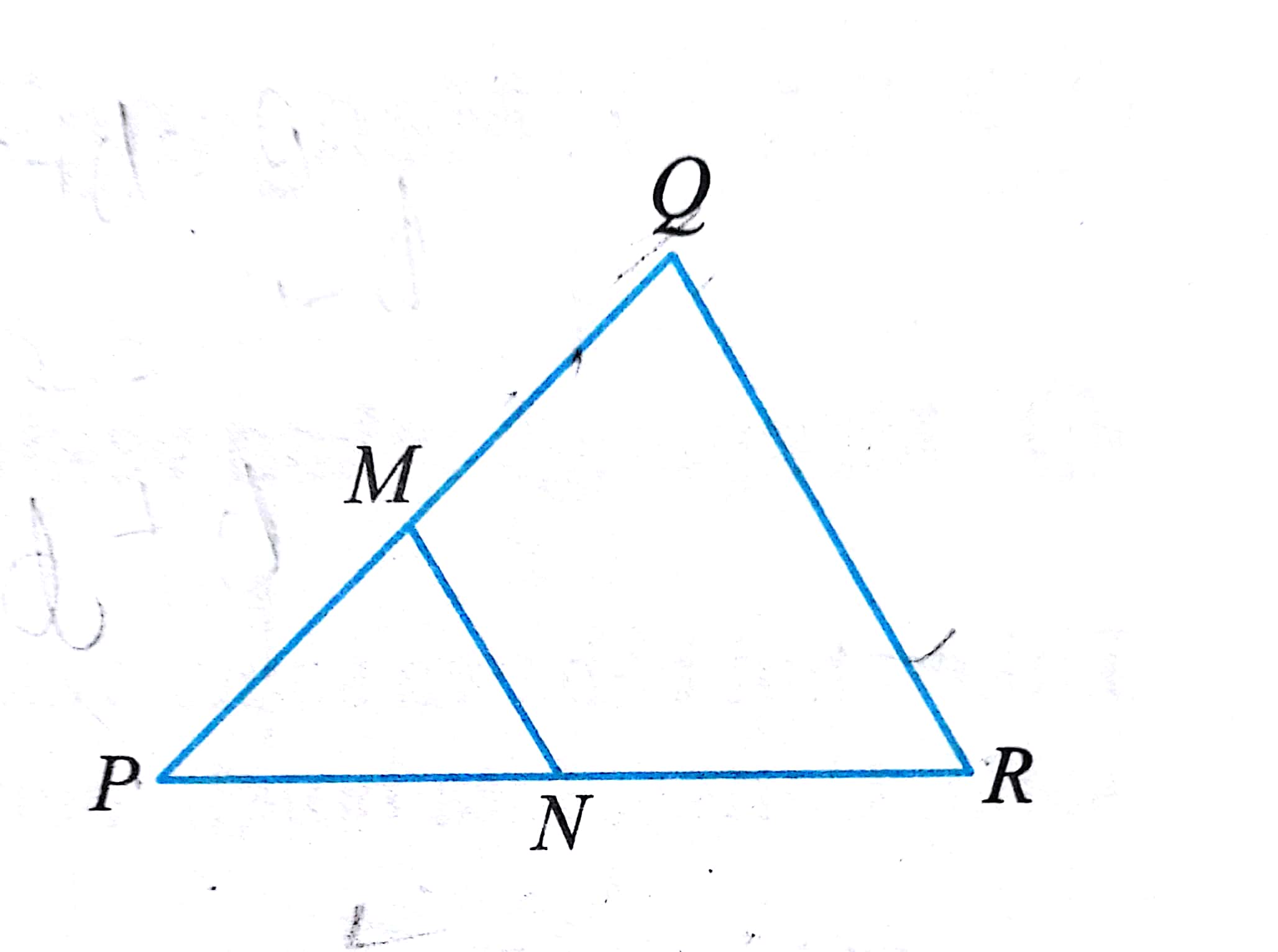How to answer these ?
The below figure shows a PQR triangle. M and N are respectively midpoints for PQ and PR. Given #vec (PR)# = 4 #ul x # and #vec (PM) # = #ul y # , express, in terms of #ul x # and #ul y # .
(a) #vec (QR) # ,
(b) #vec (MN) #
Show that MN is parallel to QR.

The below figure shows a PQR triangle. M and N are respectively midpoints for PQ and PR. Given
(a)
(b)
Show that MN is parallel to QR.

1 Answer
Apr 25, 2018
See below.
Explanation:
If
Then
And:
If
Then:
And:
Proof that
Two vectors are parallel if one vector is a scalar multiple of the other vector.

